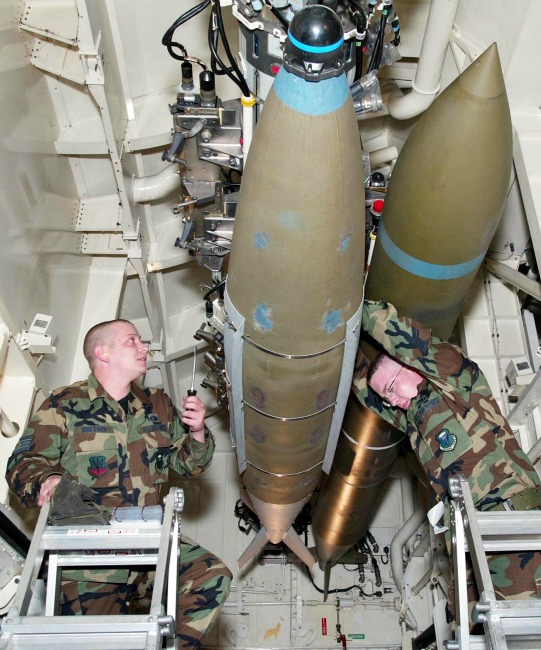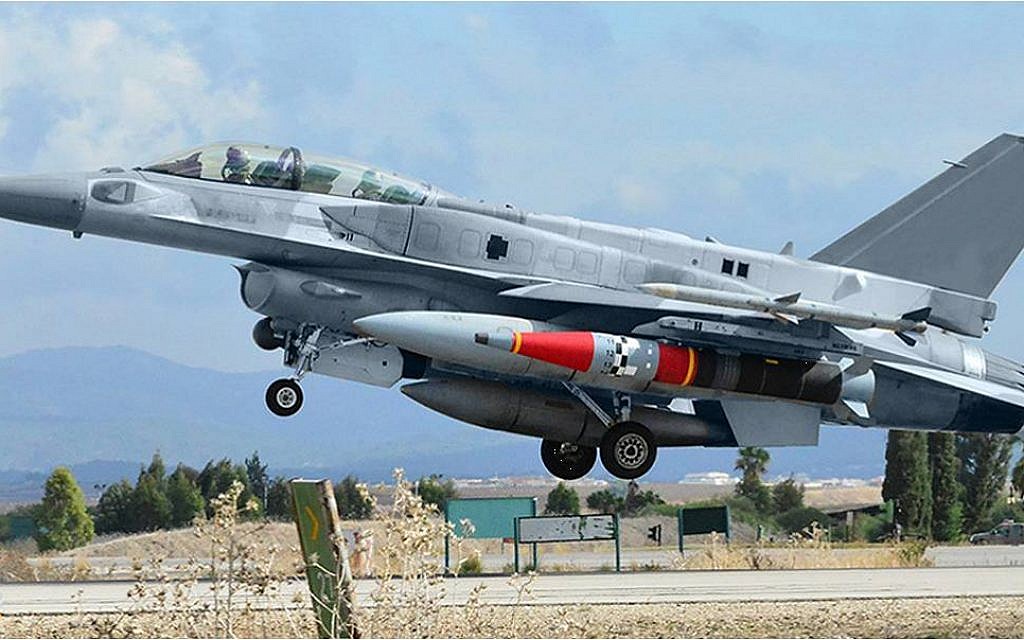

That may have been because Washington made it clear, even while delivering the bombs, that it was opposed to an attack and because Israeli strategists themselves decided that air strikes against nuclear facilities would be too uncertain in their outcome, and would carry too high a price. The strategy failed when Netanyahu defied the US president over settlements, but the Israelis seem to have kept the bombs.Īsked about the bomb delivery by The Guardian, an Israeli official would say only: “The strategic relationship between Obama and Netanyahu is deeper than meets the naked eye.”ĭespite the American misgivings that the delivery might be perceived as a ‘green light’ to attack Iran, it obviously did not lead to any such military action, despite speculation for the past several years that an attack was imminent. Obama’s initial strategy in the Middle East: to offer Israel a tough policy towards Iran in return for concessions over Middle East peace. It is certainly interesting that US-Israeli military ties were strengthened just as the two governments were falling out over settlements. The GBU-28 question surfaced in a November 2009 US cable released by Wikileaks, in which the US embassy in Tel Aviv noted that “the transfer should be handled quietly to avoid any allegations that the USG is helping Israel prepare for a strike against Iran.” Obama finally released the weapons in 2009, according to officials familiar with the secret decision. In 2007, Bush informed then–prime minister Ehud Olmert that he would order the bunker busters for delivery in 2009 or 2010. At the time, the Pentagon had frozen almost all U.S.-Israeli joint defense projects out of concern that Israel was transferring advanced military technology to China.

The Israelis first requested the sale in 2005, only to be rebuffed by the Bush administration.

The bunker busters were a significant breakthrough.


 0 kommentar(er)
0 kommentar(er)
